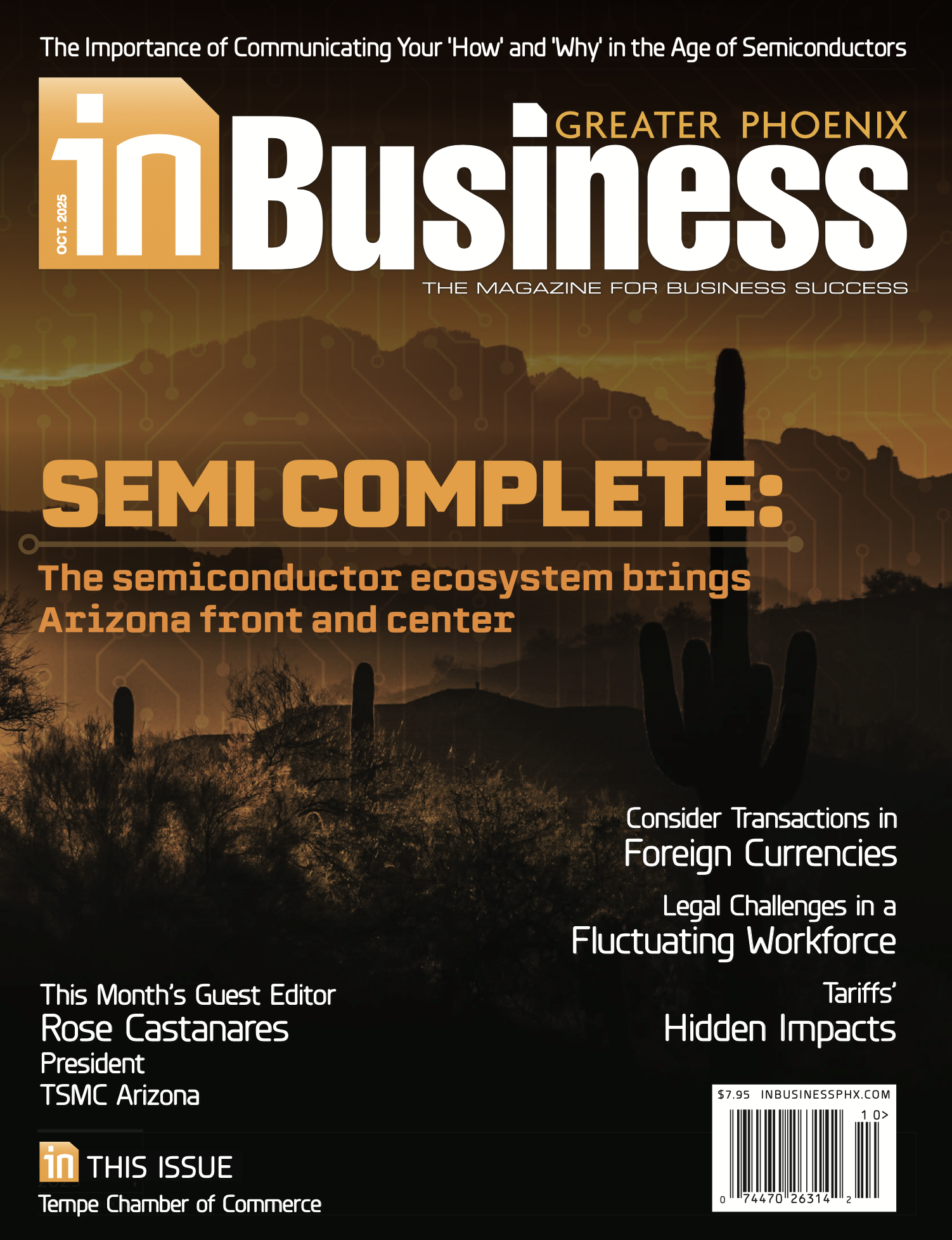
We spoke with immigration experts who are members of Global Chamber® to understand some lesser-known visa types and how those can be used to benefit your business. One of our key experts was Jessica Weiss, immigration attorney at Weiss & Moy, who shared an update on status of these types along with others at a time in U.S. history when the federal government is making it more difficult for businesses to retain talent from outside the U.S.
The discussion included information on H-1B visas for specialty occupations by Christine Swenson of Swenson Law Office; background on E-2, E-1 AND O-1A visas by Jessica Weiss; and more on the J-1 visa for foreign national trainees by Elizabeth Kumbhari of Cultural Vistas. Other speakers included Dobrina of Ustun Law Office, who covered TN, L-1A and EB-2 visas, and James Hollis of Siskind Susser, who shared an overview.
Regarding H-1B visas, Christine Swenson shared that these are employment-based visas that require a company to petition for a foreign national employee for a professional, specialty occupation. A “specialty occupation” encompasses a variety of fields but requires post-secondary education and a career that requires the application of that body of knowledge. Example professions where these can be used are engineers (software, mechanical, geophysics), economists, accountants, graphic designers, statisticians, systems analysts, teachers and physicians/surgeons.
Regarding E-2 visas, Jessica Weiss shared that applicants must have a country of citizenship that has an E-treaty with the U.S. The foreign investor must invest substantial funds in a U.S. business, new or existing, and create jobs for two full-time employees. The U.S. company must show current or future economic benefit.
Regarding E-1 visas, Weiss shared that there must be an E-1 treaty between the U.S. and the foreign applicant’s country. The U.S. company owned by the applicant must have a majority of its trade or services between the U.S. and its home country. In addition, no physical U.S. office is required, no workers are required, and there is no substantial investment required like with an E-2 visa.
Regarding O-1A visas, Weiss shared that applicants must have special national or international recognition in their field of endeavor. In addition they must meet three of the 10 possible criteria to qualify. Changes in immigration enforcement are making the requirements tougher to meet. The applicant must gather supporting documentation that may include reference letters, magazines, proof of books written, proof of a key role in organizations one is a member of, high salary compared to others in the field and awards/medals of distinction.
Regarding J-1 visas, Elizabeth Kumbhari shared more about how Cultural Vistas is making successful applicants more accessible to U.S. firms. These workers may be foreign nationals who are trainees, with assignments of three weeks to 18 months in duration. Their training may occur at multiple sites and they may be at any organizational level, but it does require educational and cultural objectives, with a training plan. The J-1 workers may also be an intern, who can help bring your business to the world. These assignments are three weeks to 12 months in duration. The workers are current university students or recent (1 year) graduates, and the program requires an educational and training plan. Cultural Vistas is well-equipped to help members with the supply and support of these opportunities.
Doug Bruhnke is founder/CEO of Global Chamber®.
















